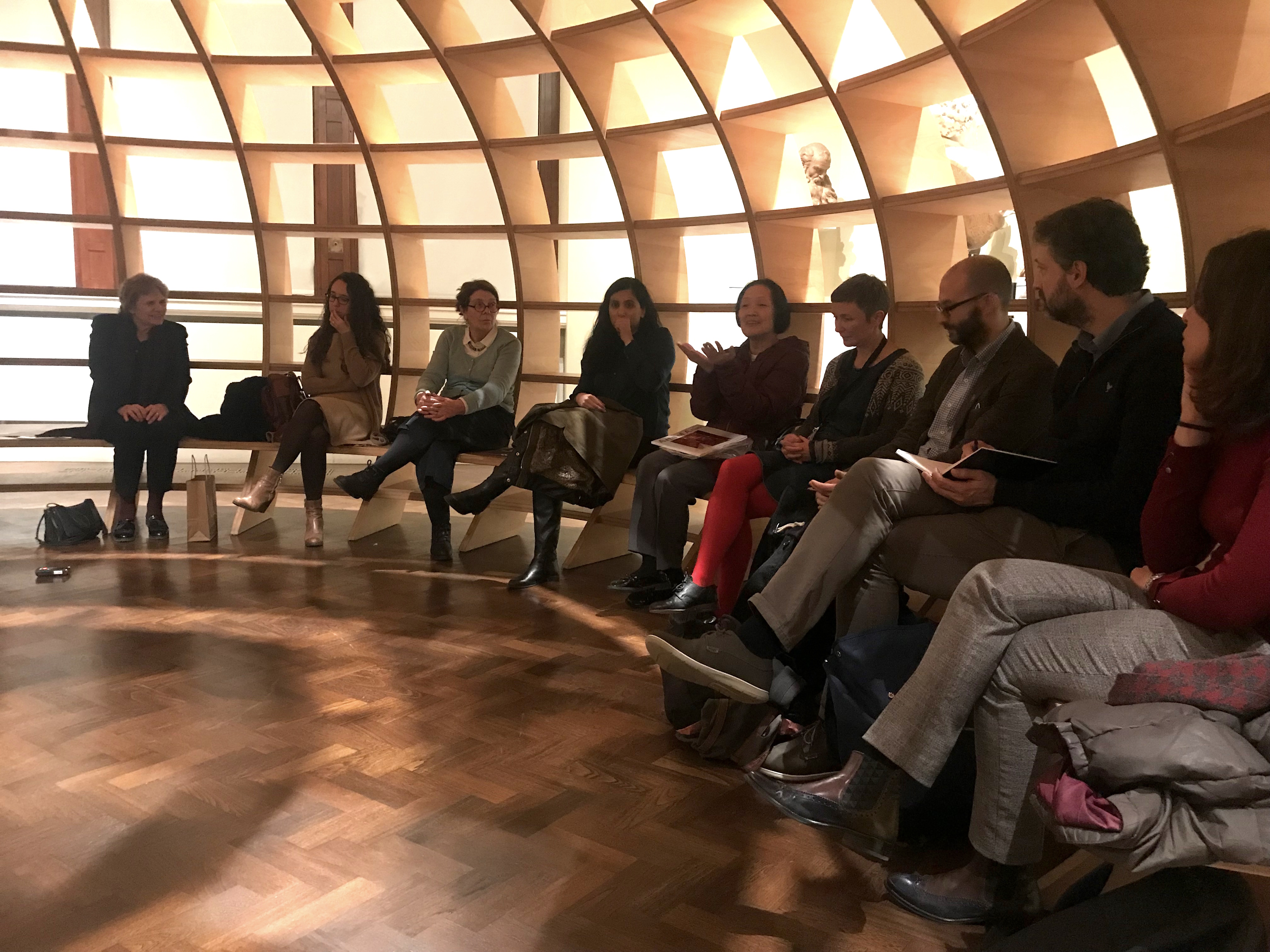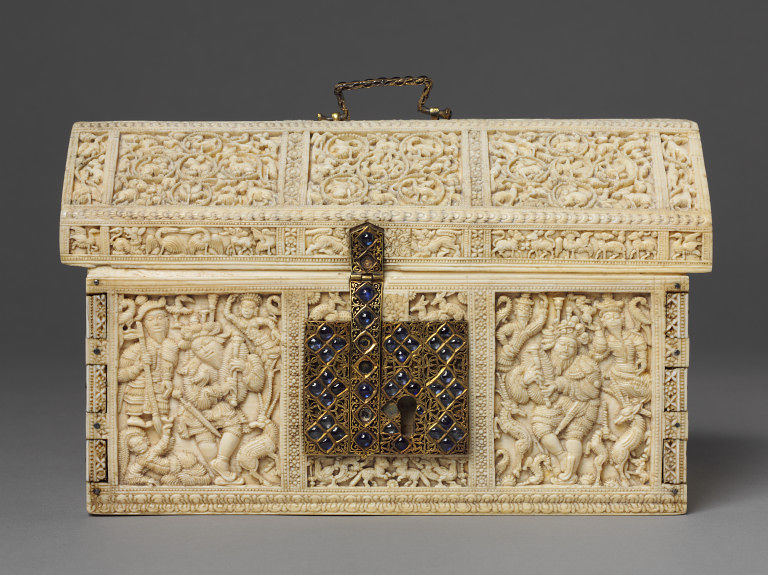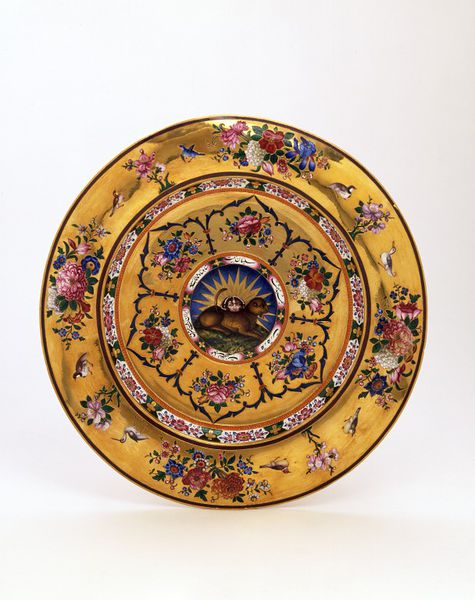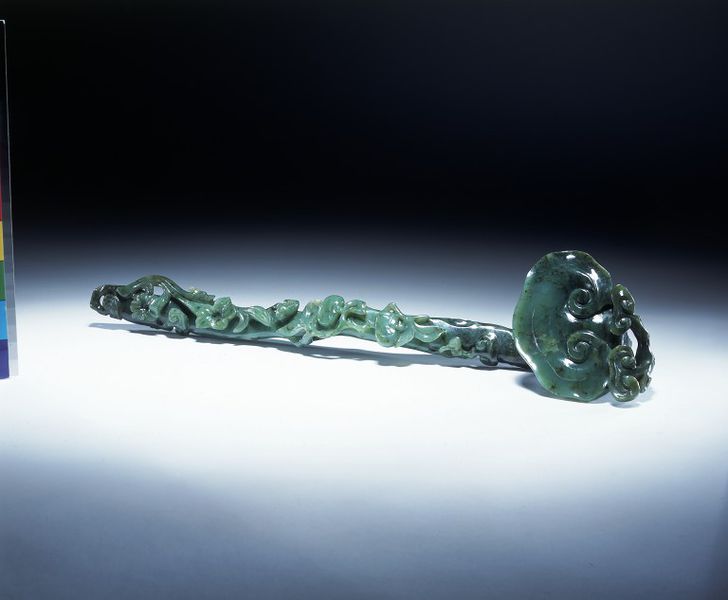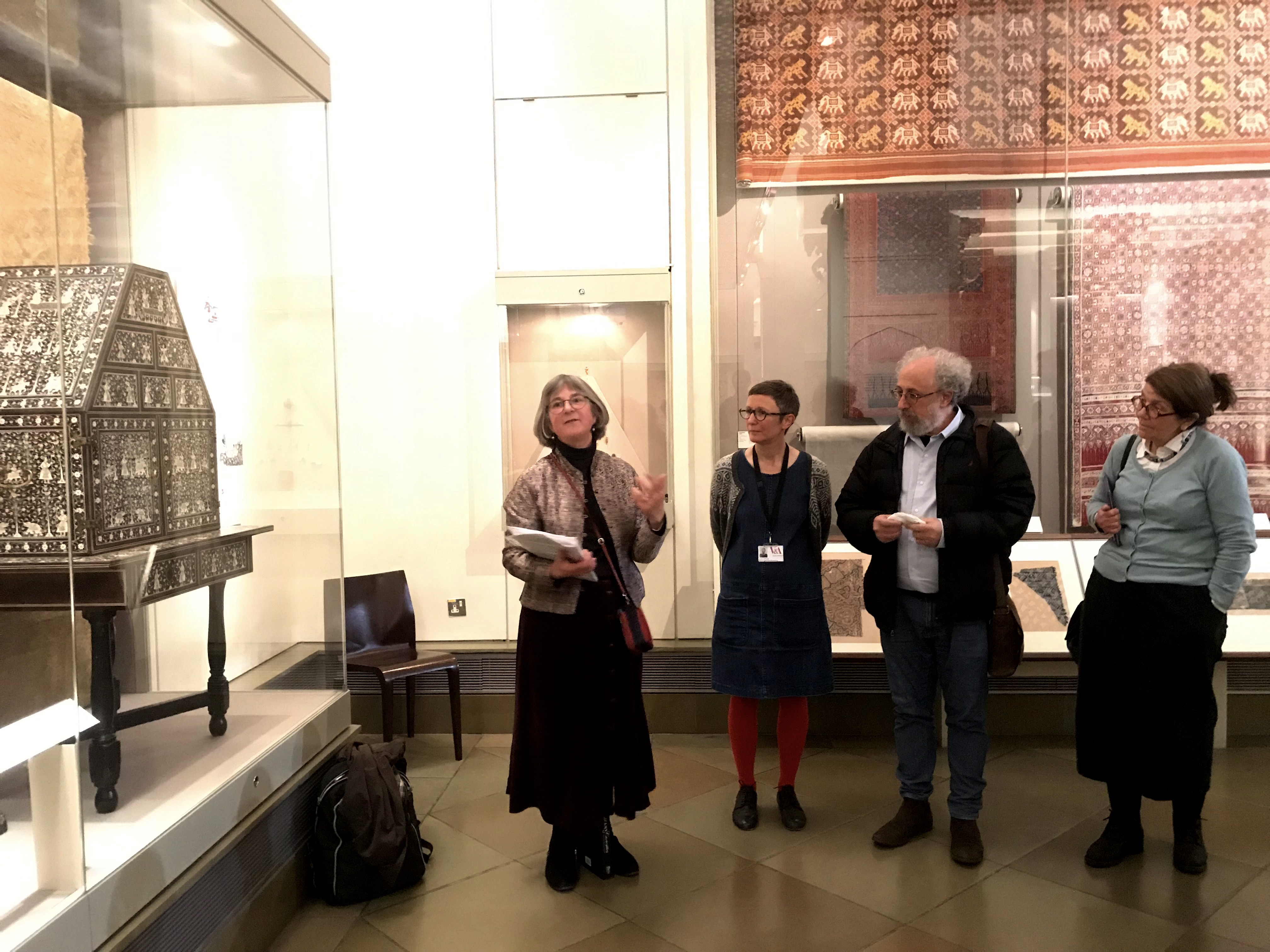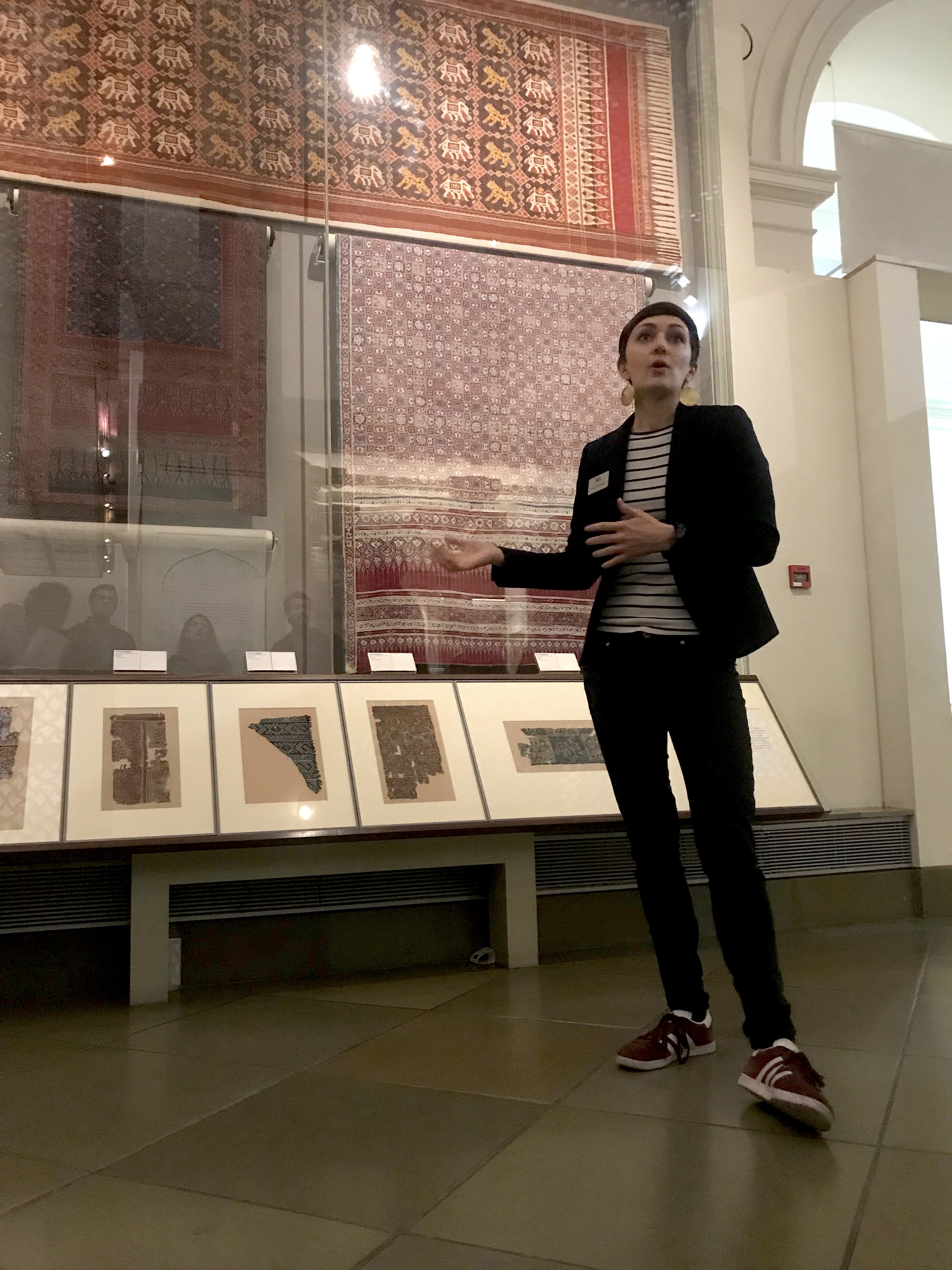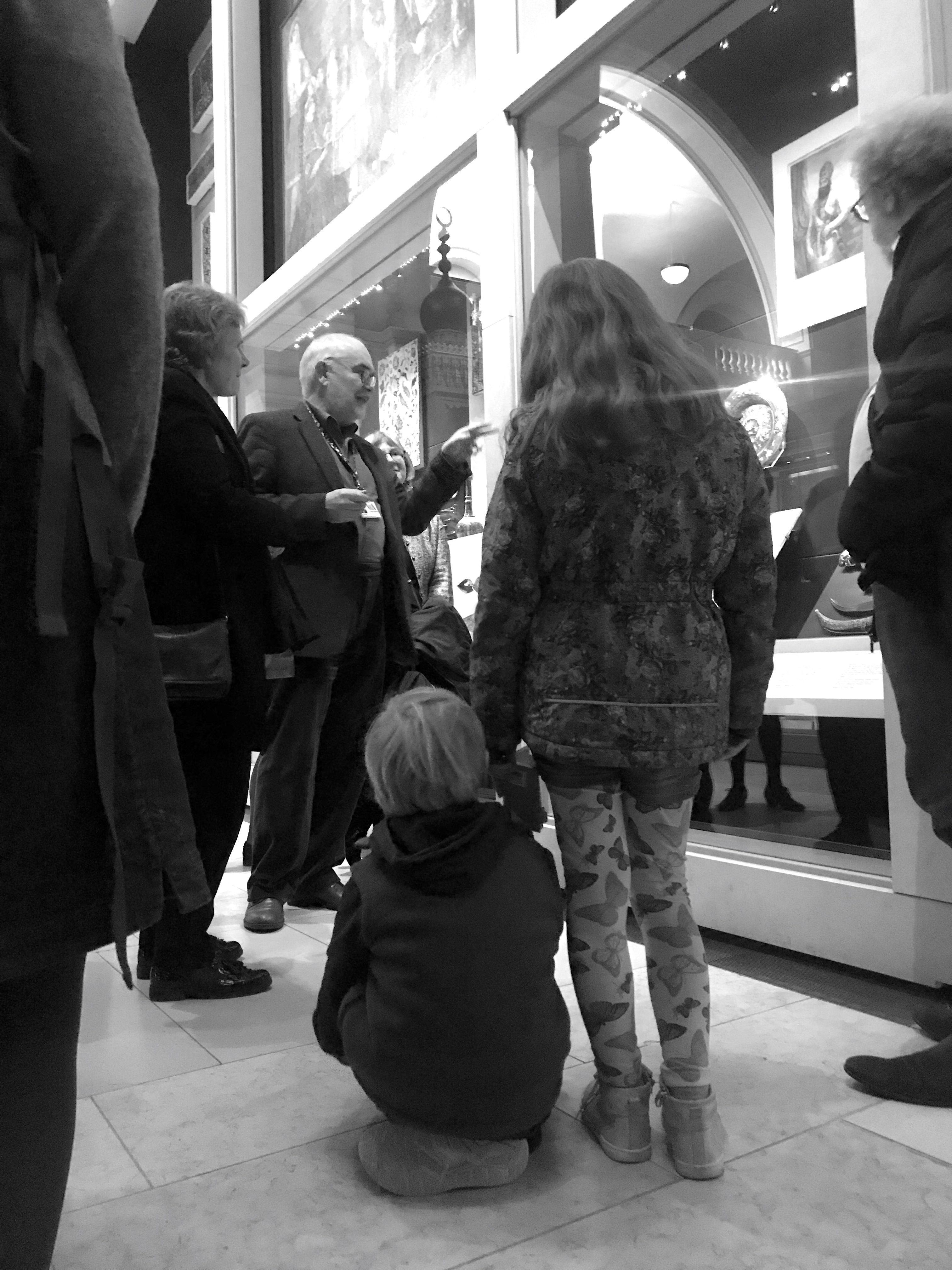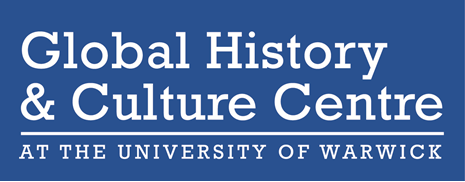Diplomacy and Gifts: Global Microhistory in ‘The Globe’ at the V&A (2)
Published 22 March 2019 – Maxine Berg and Guido van Meersbergen
Diplomacy & Gifts: Global Microhistory in 'The Globe' at the V&A (2)
The AHRC Network: A New Global Microhistory Pathway (Warwick, Oxford, EUI and V&A) held the second of three late evening public discussions in ‘The Globe’ at the V&A on Friday 8 March 2019. Organised by professor Maxine Berg and focused on the theme 'Diplomacy and Gifts', this event brought together curators and (art) historians on a spectacular tour of the museum's South Asian, Islamic Middle East, and Medieval & Renaissance Galleries. The evening was concluded by way of a roundtable discussion in the 'Globe' space in the Europe 1600-1815 gallery, a recording of which can be found below.
Under the theme of ‘Diplomacy and Gifts’, on 8 March 2019 the second of three ‘Salon’ sessions took place at the V&A as part of a larger initiative aimed at developing ways of addressing ‘the global’ that go well beyond academic history writing. Connecting and embedding the global and the micro can show us how close archival research on specific events and peoples works closely in parallel with the object-based work of museums. Direct discussion with museum practitioners in the public space of the museum during opening hours furthermore engages an active public responding to the object displays of the galleries.
Diplomatic objects have in recent years assumed a central place in scholarship generated by the perspectives of New Diplomatic History and Global Microhistory, as evidenced for instance in the book Global Gifts: The Material Culture of Diplomacy (Cambridge: 2017), edited by Zoltán Biedermann, Anne Gerritsen, and Giorgio Riello.
New approaches to diplomatic history share Global Microhistory’s interest in the role of individuals in mediation and exchange, its challenge to Eurocentric frameworks, and the inspiration taken from anthropology in focusing on social, cultural, and symbolic practices. The latter is also reflected in a keen interest in material culture and material manifestations of power, from diplomatic dress and hospitality, to processions, the spatial configurations of courts, and diplomatic gifts. Each of these forms of analysis sets out to examine how meanings were constructed, confirmed, and contested through ceremonial and material means; how objects or ceremonies formed sites for cultural exchange, learning, or misunderstanding; and how power relations were not just expressed but also actively constituted and challenged through acts such as the donning of robes of honour, wearing a sword, or giving gold coins.
Questions addressed during the tour of the galleries and in the subsequent roundtable discussion included: How did the meanings of diplomatic gifts change as they passed through different hands and operated in different contexts? In what ways did objects serve to bridge or heighten cultural difference in diplomacy, and in what way did gift-giving enable trade? To what extent did gift-giving and ceremonial constitute transcultural languages? Can gifts help us identify the 'co-construction' or mutual shaping of diplomatic practices between actors from different cultural and geographical backgrounds? How can we think of objects as actors in diplomatic exchange? What can we learn from examining the afterlives of diplomatic gifts including the uses to which they were put? And in what ways do objects help us better understand the configuration of power relations in the early modern world, and how do they reflect changes to these relations?
A rich and stimulating object-journey took us from the South Asian galleries, via the Islamic Middle East, to the Medieval and Renaissance galleries, expertly led by Helen Clifford, Avalon Fotheringham, Tim Stanley, and Zoltán Biedermann. After discussing a wide range of objects including a jade ruyi (sceptre) given to George Staunton by the Qianlong emperor during the 1793 Macartney embassy (A.17-1925), a gold plate dish presented by the Persian ruler Fath Ali Shah to the East India Company (M.97-1949), and a Ceylonese ivory casket sent as a diplomatic gift from the king of Kotte to the Portuguese king around 1557 (IS.41-1980), we concluded the evening with a roundtable discussion in the Europe 1600-1815 galleries’ Globe space. We had a lively discussion among a mixed group of early career researchers, curators, and more established academics from institutions ranging from St. Andrews and Cardiff to Tokyo, Jerusalem, the V&A and Warwick.
A recording of the 'Globe' discussion can be listened to here (play on high volume for best sound quality).
